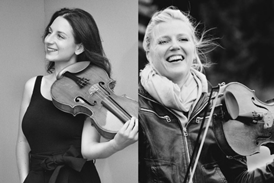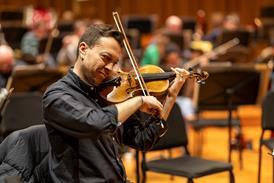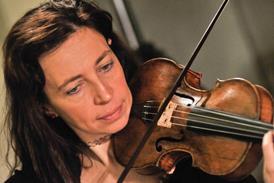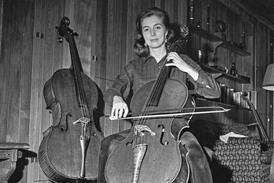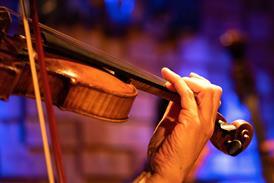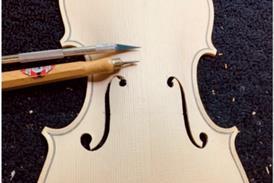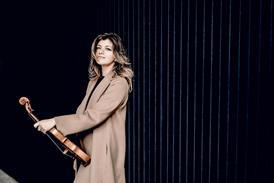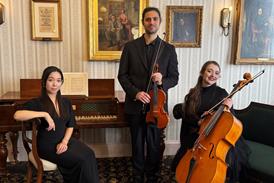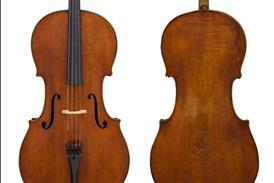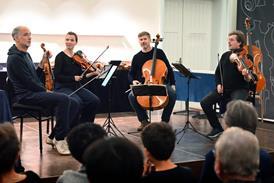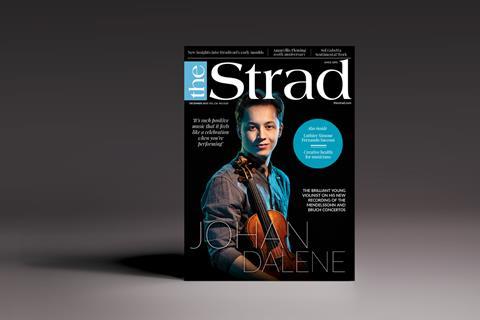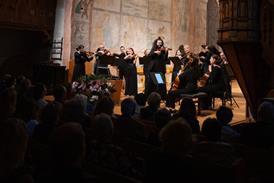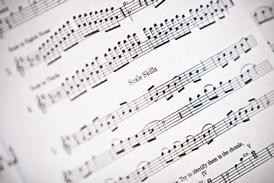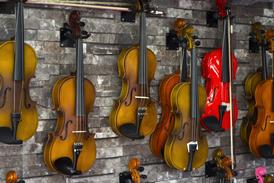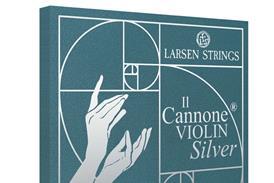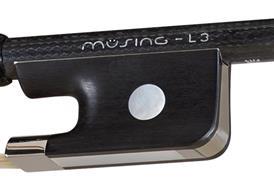- News
- For Subscribers
- Student Hub
- Playing Hub
- Directory
- Lutherie
- Magazine
- Magazine archive
- Whether you're a player, maker, teacher or enthusiast, you'll find ideas and inspiration from leading artists, teachers and luthiers in our archive which features every issue published since January 2010 - available exclusively to subscribers. View the archive.
- Jobs
- Shop
- Podcast
- Contact us
- Subscribe
- School Subscription
- Competitions
- Reviews
- Debate
- Artists
- Accessories
Power and majesty: Domenico Montagnana ‘Farina’ cello 1730

Made by Domenico Montagnana in 1730, the ‘Farina’ cello is a stunning instrument with a rich, powerful sound. John Waddle and Steve Sirr delve into its history and show how CT scans helped gather measurements for this month’s poster
The 1730 Domenico Montagnana cello known as the ‘Farina’ is part of a rare breed: one that survived the rigours of the 19th century intact. Most large-size cellos were reduced in size during that time, owing to the demands of new repertoire and the changing needs of the player. By the end of the century, the number of uncut Montagnana cellos – and indeed those of his contemporaries, such as Matteo Gofriller and Francesco Gobetti – was minimal, which is why examining the ‘Farina’ feels somewhat like looking into a crystal ball to view an instrument almost as it came from the maker’s workshop ‘alla Cremona’…
Already subscribed? Please sign in
Subscribe to continue reading…
We’re delighted that you are enjoying our website. For a limited period, you can try an online subscription to The Strad completely free of charge.
* Issues and supplements are available as both print and digital editions. Online subscribers will only receive access to the digital versions.

